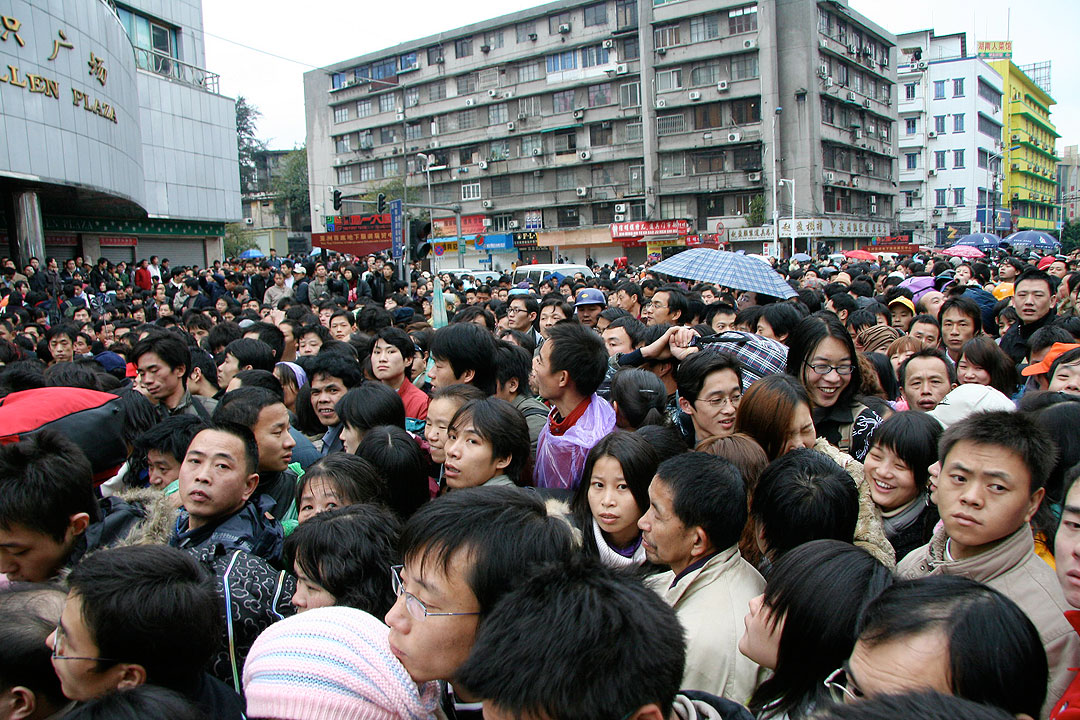
THE PHILIPPINES is among the countries in Emerging Asia expected to benefit from favorable demographics, Pantheon Macroeconomics said.
“One of the reasons we remain structurally bullish about the prospects for Emerging Asia ex-China economically, let alone as a burgeoning export manufacturing hub, is the region’s favorable demographic outlook,” Pantheon Chief Emerging Asia Economist Miguel Chanco said in a report.
Pantheon said the 15-to-64 working-age population in the region — excluding Taiwan, Thailand, and Singapore — will continue to grow over the next two decades, citing the United Nations’ (UN) latest population projections.
“This represents a continued boon for both the supply side story, via a naturally growing labor force, and the demand side, as this enlarging workforce spends more and more on goods and services,” Mr. Chanco added.
The Philippine Statistics Authority (PSA) estimates that the Philippine working population (aged at least 15 years) hit a record in May at 52.32 million, up 2.65% from a year earlier.
The UN projects the Philippines’ working-age population to hit its peak in 2054, much sooner than its 2077 projection made in 2010.
However, Pantheon noted that some members of the ‘ASEAN four’ — Indonesia, Malaysia, the Philippines and Vietnam — are “greying more rapidly than previously expected.”
Pantheon said fertility rates in the region, which are below the 2.1 replacement level, and brain drain could sidetrack their expected economic growth path.
“The latter is a particularly acute problem in the Philippines, Taiwan and Vietnam,” Mr. Chanco said.
Replacement level refers to the fertility rate required to maintain a stable population.
As of 2022, the Philippines has a total fertility rate of 1.9 children per woman, the PSA reported. — Katherine K. Chan